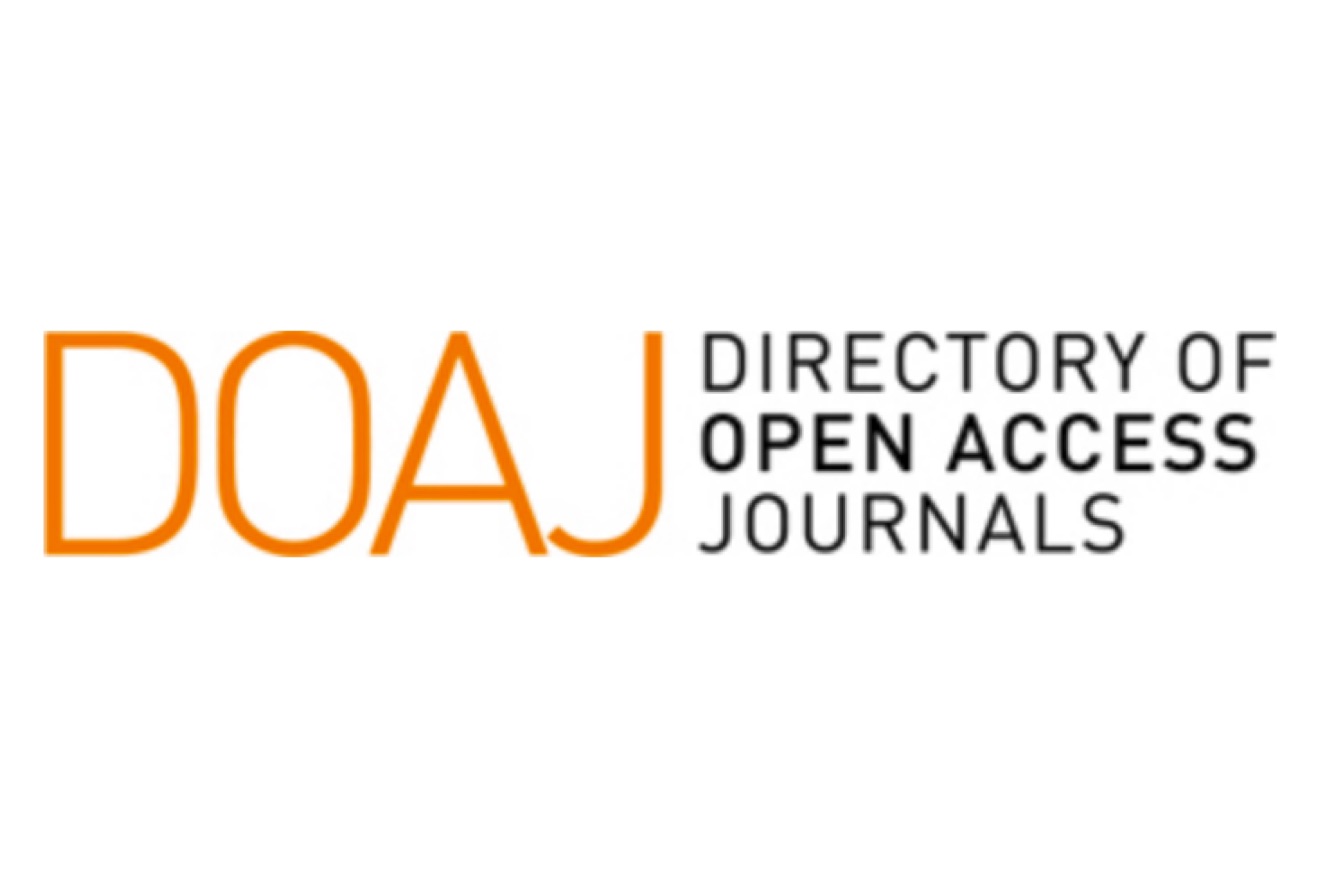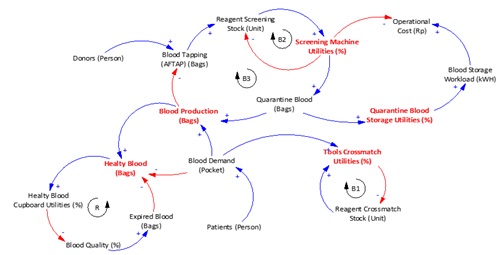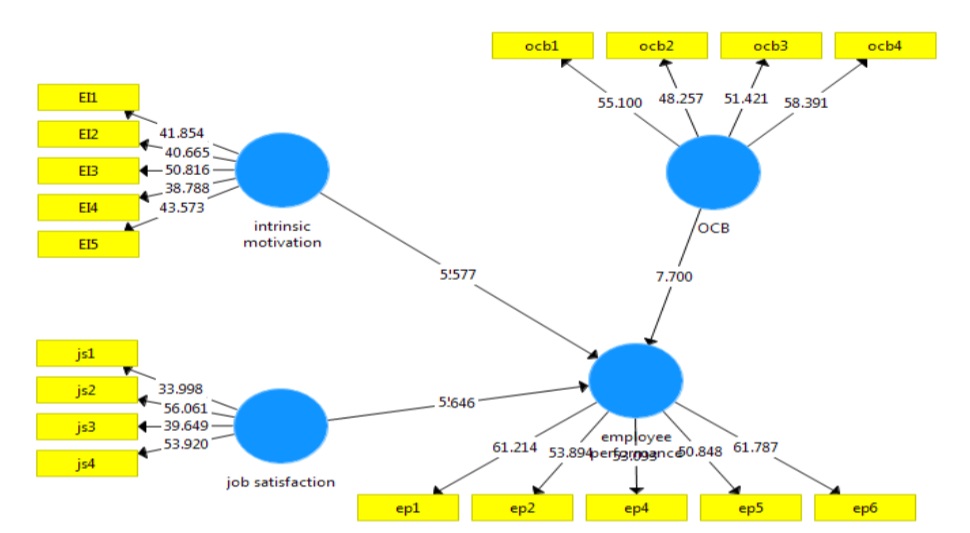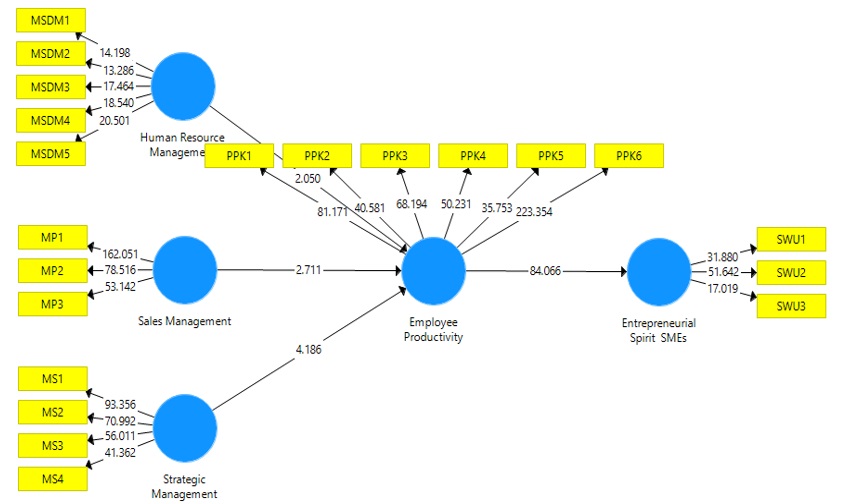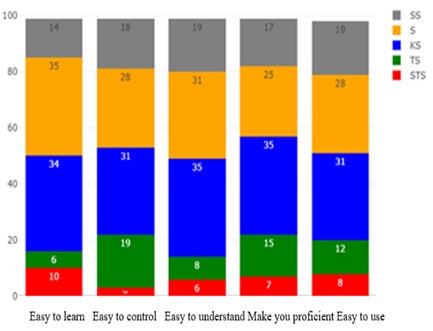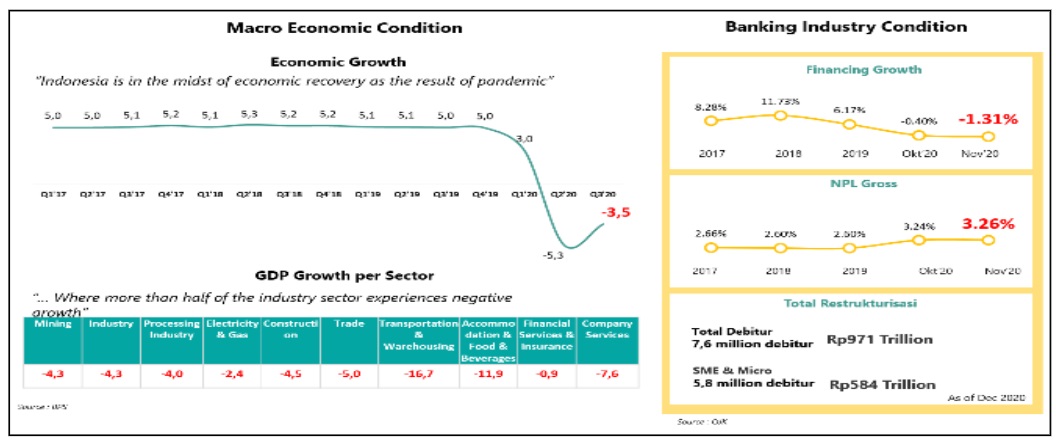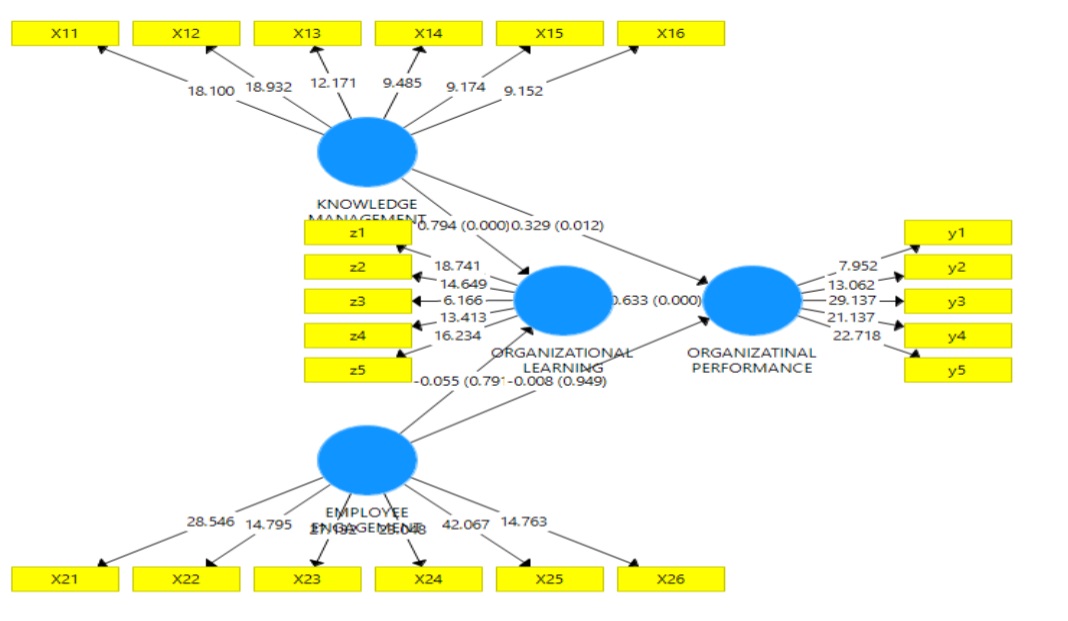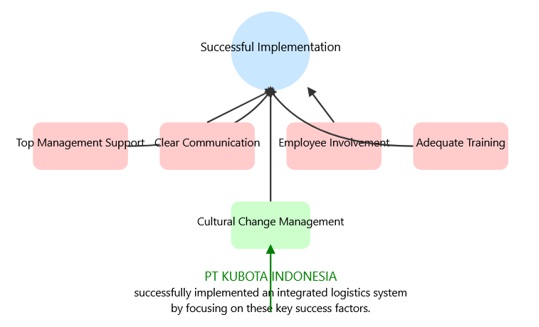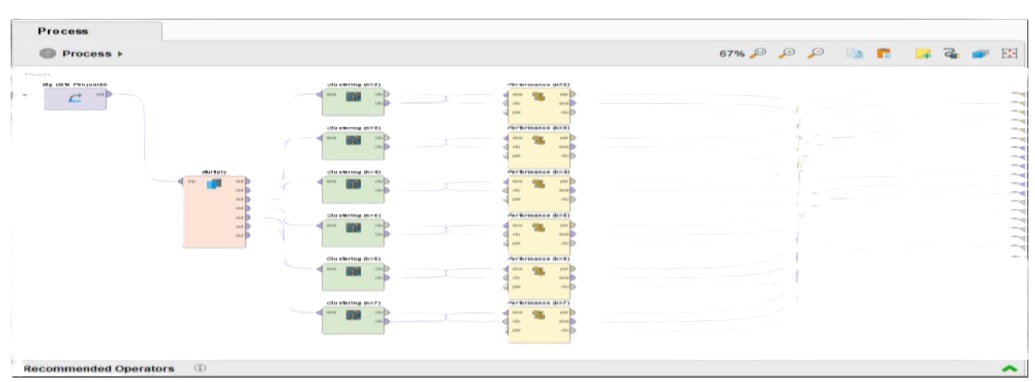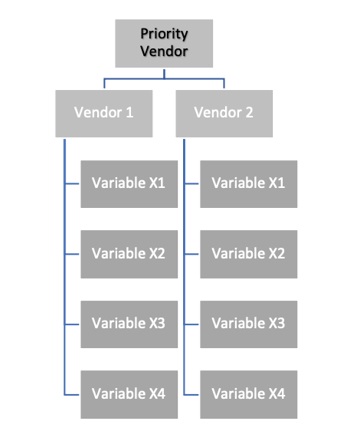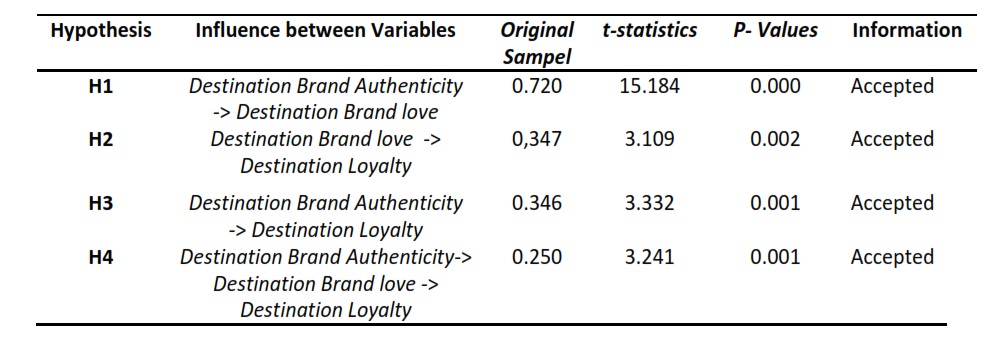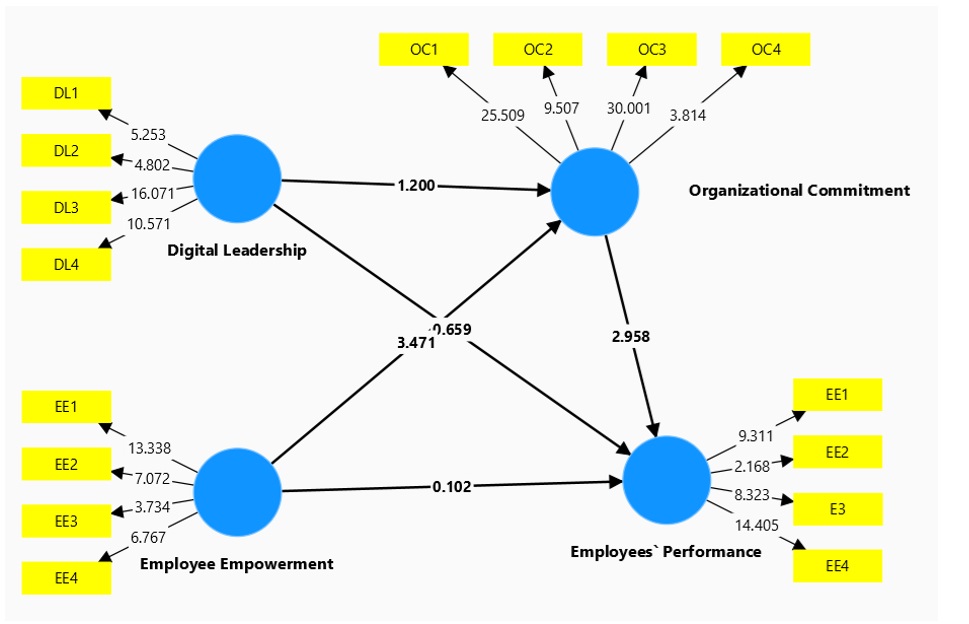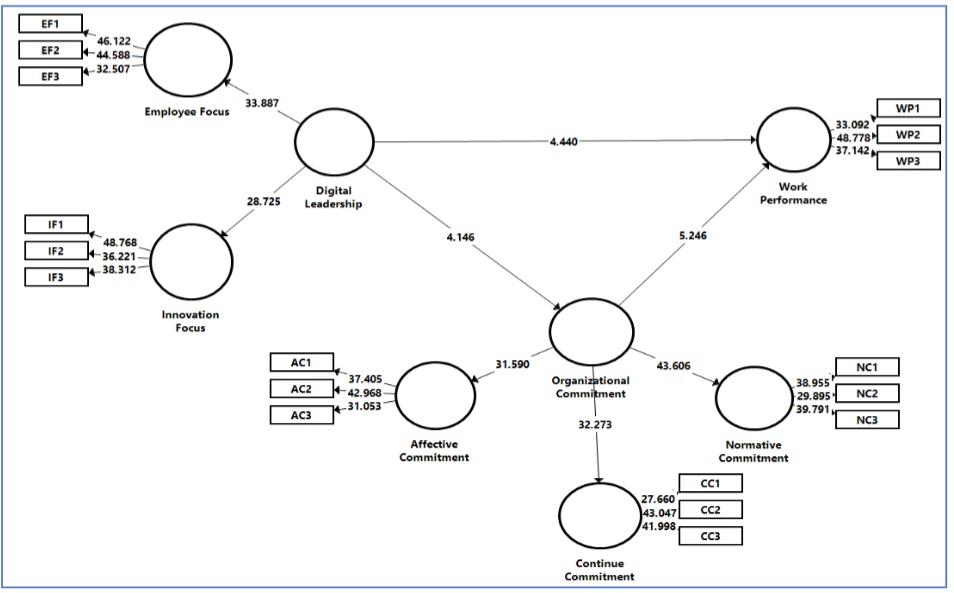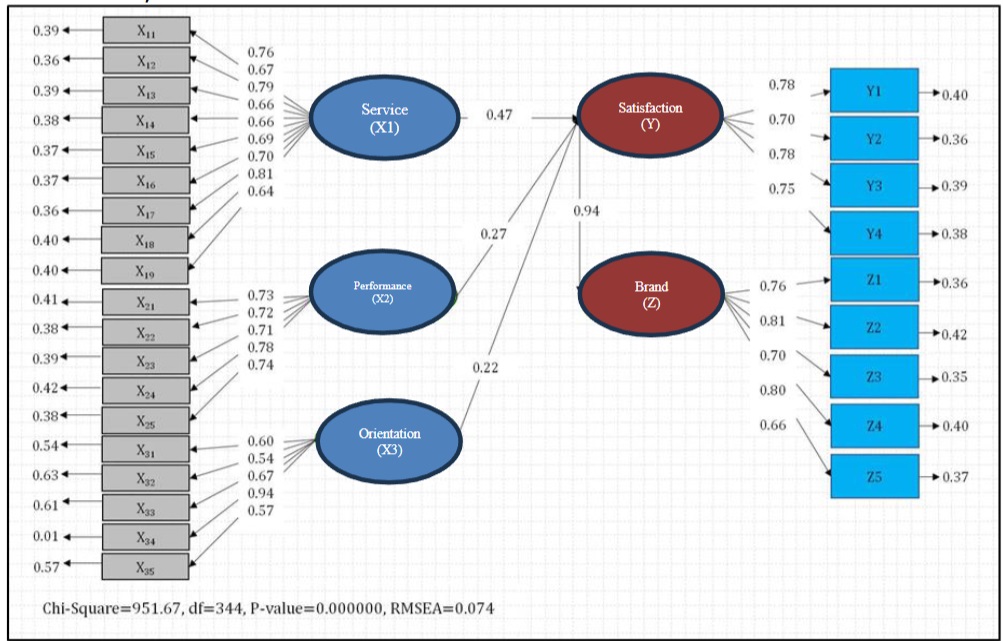Improving Service Quality Of Delivery Services Based On Heterogeneous Customer Behavior In A Developing Country: A Context During Covid-19
Downloads
Downloads
ReportLinker, "Indonesia Courier, Express, and Parcel (CEP) Market - Growth, Trends, COVID-19 Impact, and Forecasts (2021 - 2026),” 2021. [Online]. Available: https://www.reportlinker.com/p06020218/Indonesia-Courier-Express-and-Parcel-CEP-Market-Growth-Trends-COVID-19-Impact-and-Forecasts.html.
Hanadian Nurhayati-Wolff, "Annual gross merchandise volume (GMV) of the e-commerce market in Indonesia from 2015 to 2020 with a forecast for 2025,” 2021. [Online]. Available: https://www.statista.com/statistics/1117608/indonesia-gmv-e-commerce-market/.
Top Brand Award, "Top Brand Gen-Z Index 2021,” Jakarta, 2021. [Online]. Available: https://www.topbrand-award.com/top-brand-index/.
R. Villa and A. Monzón, "Mobility restrictions and e-commerce: Holistic balance in madrid centre during COVID-19 lockdown,” Economies, vol. 9, no. 2, 2021, doi: 10.3390/economies9020057.
G. Iannaccone, E. Marcucci, and V. Gatta, "What Young E-Consumers Want? Forecasting Parcel Lockers Choice in Rome,” Logistics, vol. 5, no. 3, p. 57, 2021, doi: 10.3390/logistics5030057.
A. Serrano-Hernandez, A. Ballano, and J. Faulin, "Selecting freight transportation modes in last-mile urban distribution in pamplona (Spain): An option for drone delivery in smart cities,” Energies, vol. 14, no. 16, 2021, doi: 10.3390/en14164748.
A. Kawa, B. Pieranski, and W. Zdrenka, "Dynamic Configuration of Same-Day Delivery in E-commerce,” Stud. Comput. Intell., vol. 769, no. February, pp. 305–315, 2018, doi: 10.1007/978-3-319-76081-0_26.
A. Z. Zeng and C. Rossetti, "Developing a framework for evaluating the logistics costs in global sourcing processes: An implementation and insights,” Int. J. Phys. Distrib. Logist. Manag., vol. 33, no. 9, pp. 785–803, 2003, doi: 10.1108/09600030310503334.
K. Pietrzak, O. Pietrzak, and A. MontwiÅ‚Å‚, "Effects of Incorporating Rail Transport into a Zero-Emission Urban Deliveries System: Application of Light Freight Railway (LFR) Electric Trains,” Energies, vol. 14, no. 20, p. 6809, 2021, doi: 10.3390/en14206809.
W. Kartika, "Model Transportasi Pengiriman Produk Perishable Dengan Multi Kendaraan,” J. Manaj. Ind. dan Logistik, vol. 3, no. 1, pp. 57–74, 2019, doi: 10.30988/jmil.v3i1.72.
L. D. C. Martins, R. D. Tordecilla, J. Castaneda, A. A. Juan, and J. Faulin, "Electric vehicle routing, arc routing, and team orienteering problems in sustainable transportation,” Energies, vol. 14, no. 16, pp. 1–30, 2021, doi: 10.3390/en14165131.
S. Limbourg, H. T. Q. Giang, and M. Cools, "Logistics service quality: The case of da Nang City,” Procedia Eng., vol. 142, pp. 124–130, 2016, doi: 10.1016/j.proeng.2016.02.022.
I. Meidutć—-Kavaliauskienć—, A. Aranskis, and M. Litvinenko, "Consumer Satisfaction with the Quality of Logistics Services,” Procedia - Soc. Behav. Sci., vol. 110, no. 2012, pp. 330–340, 2014, doi: 10.1016/j.sbspro.2013.12.877.
A. Parasuraman, V. A. Zeithaml, and L. L. Berry, "A Conceptual Model of Service Quality and Its Implications for Future Research,” J. Mark., vol. 49, no. 4, p. 41, 1985, doi: 10.2307/1251430.
A. A. Sinha, S. Rajendran, R. P. Nazareth, W. Lee, and S. Ullah, "Improving the service quality of telecommunication companies using online customer and employee review analysis,” Qual. Manag. J., vol. 27, no. 4, pp. 182–199, 2020, doi: 10.1080/10686967.2020.1809581.
A. Darmawan, A. Rapi, and A. A. Rachmat, "KAJIAN KUALITAS LAYANAN JASA TRANSPORTASI LOGISTIK UNTUK MENINGKATKAN KEPUASAN PELANGGAN DENGAN PENDEKATAN METODE ZONE OF TOLERANCE (ZOT),” J. Ilm. Tek. Ind., vol. 9, no. 1, pp. 36–48, 2021.
A. Darmawan, M. Mulyadi, and F. Fauziah, "Evaluasi Kualitas Layanan terhadap Operator Telekomunikasi: Tinjauan Perspektif Pelanggan,” J. Optimasi Sist. Ind., vol. 16, no. 2, p. 106, 2017, doi: 10.25077/josi.v16.n2.p106-111.2017.
K. K. Xu, K. K. Chen, E. Kim, J. Nauright, and J. J. Zhang, "Dimensions of Service Quality in Health-Fitness Clubs in China,” Int. J. Environ. Res. Public Health, 2021.
Q. Zhou et al., "A study on factors affecting service quality and loyalty intention in mobile banking,” J. Retail. Consum. Serv., vol. 60, no. June 2020, p. 102424, 2021, doi: 10.1016/j.jretconser.2020.102424.
I. Stranjancevic, A., & Bulatovic, "Customer Satisfaction As an Indicator of Service Quality in,” Int. J. Qual. Res., vol. 9, no. 4, pp. 689–704, 2015.
T. S. Hoon and F. Satiman, "An Investigation on the Dimensions of Service Quality in Private Schools.,” Asian J. Univ. Educ., vol. 12, no. 1, pp. 39–51, 2016.
A. Darmawan, S. Bahri, and I. Rahman, "The Empirical Analysis of the Quality Level of Tourism Industry Services in Toraja: Ke'te Kesu,” J. Indones. Tour. Dev. Stud., vol. 7, no. 1, pp. 13–20, 2019, doi: 10.21776/ub.jitode.2019.07.01.03.
H. Winarno and T. Absror, "Analisis Kualitas Pelayanan Dengan Metode Service Quality (Servqual) Dan Importance Performance Analysis (Ipa) Pada Pt. Media Purna Engineering,” J. Manaj. Ind. Dan Logistik, vol. 1, no. 2, pp. 146–160, 2017, doi: 10.30988/jmil.v1i2.38.
M. KadÅ‚ubek, "Completeness Meter in Logistics Service Quality Management of Transport Companies,” Int. J. Qual. Res., vol. 14, no. 4, pp. 1223–1234, 2020, doi: 10.24874/IJQR14.04-15.
J. A. Martilla and J. C. James, "Importance-Performance Analysis,” J. Mark., vol. 41, no. 1, pp. 77–79, 1977.
A. Arbore and B. Busacca, "Rejuvenating importance-performance analysis,” J. Serv. Manag., vol. 22, no. 3, pp. 409–430, 2011, doi: 10.1108/09564231111136890.
K. Y. Chen, "Improving importance-performance analysis: The role of the zone of tolerance and competitor performance. The case of Taiwan's hot spring hotels,” Tour. Manag., vol. 40, pp. 260–272, 2014, doi: 10.1016/j.tourman.2013.06.009.
T. Albayrak and M. Caber, "Prioritisation of the hotel attributes according to their influence on satisfaction: A comparison of two techniques,” Tour. Manag., vol. 46, pp. 43–50, 2015, doi: 10.1016/j.tourman.2014.06.009.
I. Sever, "Importance-performance analysis: A valid management tool?,” Tour. Manag., vol. 48, pp. 43–53, 2015, doi: 10.1016/j.tourman.2014.10.022.
L. F. Chen, S. C. Chen, and C. T. Su, "An innovative service quality evaluation and improvement model,” Serv. Ind. J., vol. 38, no. 3–4, pp. 228–249, 2018, doi: 10.1080/02642069.2017.1389907.
M. Caber, T. Albayrak, and K. Matzler, "Classification of the destination attributes in the content of competitiveness (by revised importance-performance analysis),” J. Vacat. Mark., vol. 18, no. 1, pp. 43–56, 2012, doi: 10.1177/1356766711428802.
L. K. Chan, Y. V. Hui, H. P. Lo, S. K. Tse, G. K. F. Tso, and M. L. Wu, "Consumer satisfaction index: new practice and findings,” Eur. J. Mark., vol. 37, no. 5/6, pp. 872–909, 2003, doi: 10.1108/03090560310465189.
M. Johnson, T. Andreassen Wallin, A. Gustaffson, L. Lervik, and J. Cha, "The Evolution and Future of National Customer Satisfaction Index Models,” J. Econ. Psychol., vol. 22, no. 2, pp. 217–245, 2001.
L. Eboli and G. Mazzulla, "A new customer satisfaction index for evaluating transit service quality,” J. Public Transp., vol. 12, no. 3, pp. 21–37, 2009, doi: 10.5038/2375-0901.12.3.2.
J. Pallant, SPSS survival manual - a step by step guide to data analysis using SPSS for windows (version 10). Buckingham: Open University Press, 2001.
J. C. Nunnally and I. R. Bernstein, Psychometric Theory, 3rd ed. New York: McGraw-Hill, 1994.
E. Azzopardi and R. Nash, "A critical evaluation of importance-performance analysis,” Tour. Manag., vol. 35, pp. 222–233, 2013, doi: 10.1016/j.tourman.2012.07.007.
A. Coghlan, "Facilitating reef tourism management through an innovative importance-performance analysis method,” Tour. Manag., vol. 33, no. 4, pp. 767–775, 2012, doi: 10.1016/j.tourman.2011.08.010.
M. KadÅ‚ubek and J. Grabara, "Customers' expectations and experiences within chosen aspects of logistic customer service quality,” Int. J. Qual. Res., vol. 9, no. 2, pp. 265–278, 2015.
J. Abalo, J. Varela, and V. Manzano, "Importance values for Importance-Performance Analysis: A formula for spreading out values derived from preference rankings,” J. Bus. Res., vol. 60, no. 2, pp. 115–121, 2007, doi: 10.1016/j.jbusres.2006.10.009.
D. P. Restuputri, T. R. Indriani, and I. Masudin, "The effect of logistic service quality on customer satisfaction and loyalty using kansei engineering during the COVID-19 pandemic,” Cogent Bus. Manag., vol. 8, no. 1, 2021, doi: 10.1080/23311975.2021.1906492.
D. W. Fernandes, R. G. Moori, P. De Pós-graduaçí£o, A. De Empresas, U. P. Mackenzie, and S. Paulo, "Logistic service quality as a mediator between logistics capabilities and customer satisfaction,” vol. 25, no. 4, pp. 358–372, 2018, doi: 10.1108/REGE-01-2018-0015.
JMIL Jurnal Manajemen Industri dan Logistik (Journal of Industrial and Logistics Management) is an Open Access Journal. The authors who publish the manuscript in JMIL Jurnal Manajemen Industri dan Logistik agree to the following terms:

JMIL Jurnal Manajemen Industri dan Logistik is licensed under a Creative Commons Attribution 4.0 International License. This permits anyone to copy, redistribute, remix, transmit and adapt the work provided the original work and source is appropriately cited.
This means:
(1) Under the CC-BY license, authors retain ownership of the copyright for their article, but authors grant others permission to use the content of publications in JMIL Jurnal Manajemen Industri dan Logistik in whole or in part provided that the original work is properly cited. Users (redistributors) of JMIL Jurnal Manajemen Industri dan Logistik are required to cite the original source, including the author's names, JMIL Jurnal Manajemen Industri dan Logistik as the initial source of publication, year of publication, volume number, issue, and Digital Object Identifier (DOI); (2) Authors grant JMIL Jurnal Manajemen Industri dan Logistik the right of first publication. Although authors remain the copyright owner.















